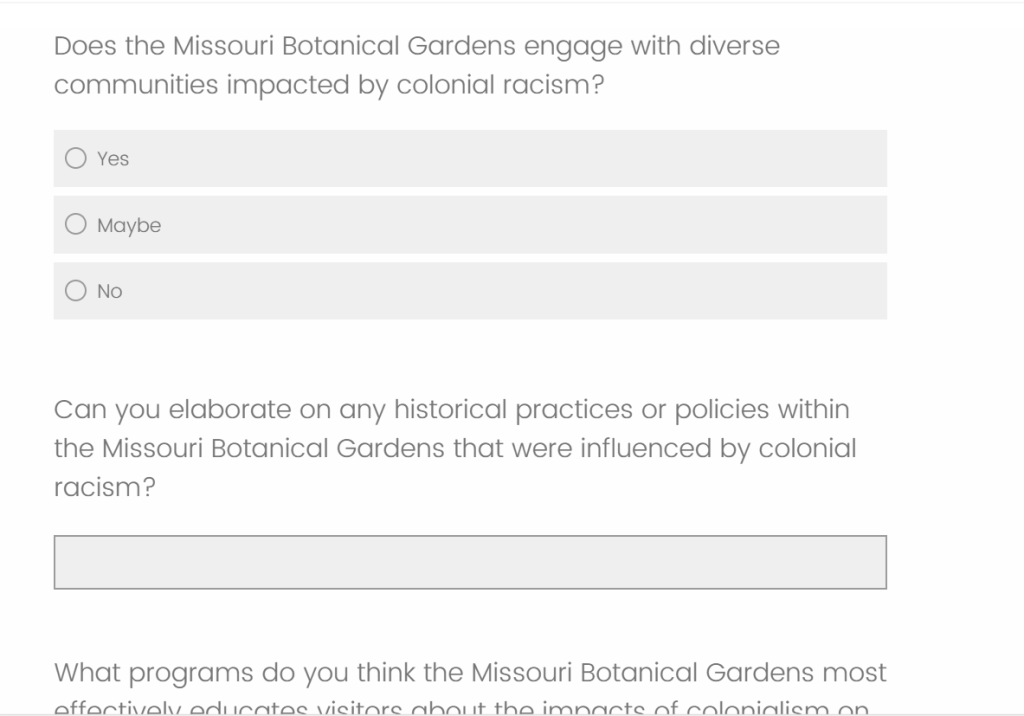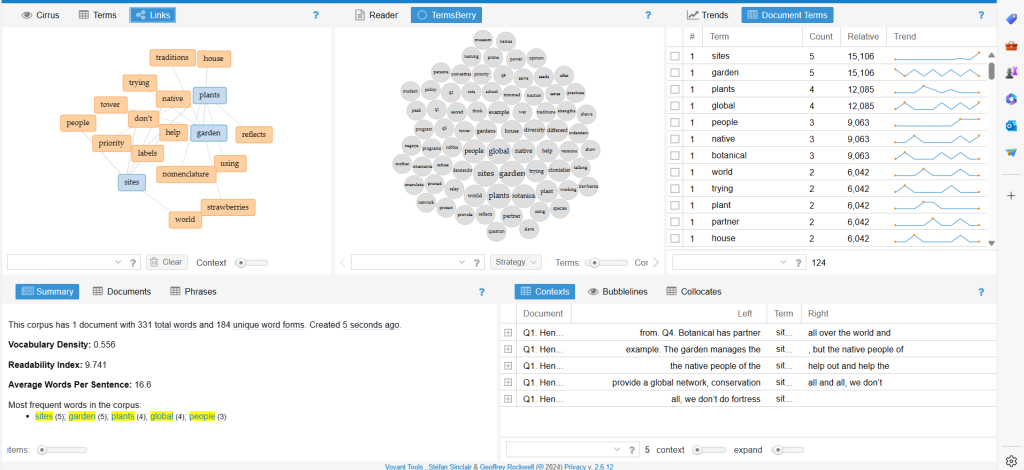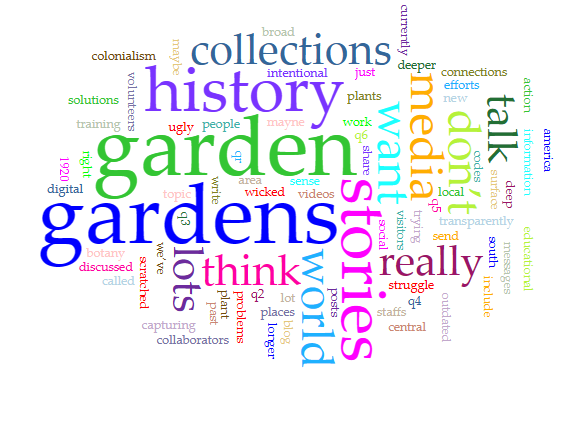The instructions for the final lab write up:
- Contextualize and interpret themes and patterns. Why are they surprising or significant? How do they support or challenge your prior knowledge?
- Mixed methods research allows us to approach a question from multiple angles to gain breadth and depth of understanding. How do your results relate to your survey? Did the qualitative study fill in the gaps you hoped it would? Did the results support your initial conclusions? Did they reveal complexity or tensions? Did they challenge them entirely?
- In addition to exploring the data, also reflect on your research design. Did you learn everything you need to know? How might you design the study differently next time to encourage more detailed or accurate information?
- While mixed methods research gives us a more holistic perspective on our topic than a single method, this doesn’t mean there’s nothing left to learn or that you’ve answered every question completely! Research is iterative – that means that we keep coming back to our topic in different ways to build up layers of knowledge and understanding. So, reflecting on what you’ve done so far, what else do you want to know?
Phase one
Surveys
My group includes Jay, Jaidyn, and Sophia. We are focusing on “how does colonialism affects the garden and the herbarium”. This lab has two parts, the first part was our surveys, and the second part of the lab was the focus groups we conducted. Our surveys kind of fell off and didn’t get the attention of the garden partners like we were hoping to get. At the end of that phase of our lab, we ended up only getting one response all together. Which was kind of disappointing for me and my team because we worked really hard on the survey, formulating specific questions and strategizing for weeks. So, we had to ask ourselves “what exactly did go wrong”, with our surveys. The topic of our research question has an “uncomfortable ” aura around it already because it is a heavy topic, but it is still a very important topic to talk about and raise awareness about it. the best thing that we could think is that maybe our surveys were asking too “heavy” of questions for a survey. Here below is an example of some of our surveys.

Phase Two
FOcus Groups
After carefully analyzing the feedback, we got back from our initial survey (though it consisted of just one response), we realized that the needed to refine and rephrase certain survey questions for greater clarity and relevance. Additionally, recognizing the value of soliciting insights directly from our garden workers, we decided to craft new inquiries and discussion points tailored to their expertise and experiences. As we prepared for the focus groups, we identified a diverse array of individuals within the garden community whom we sought to engage with our inquiries. Through collaborative effort, we formulated a comprehensive set of questions designed to get a nuanced perspectives and valuable insights. Below, are the refined and expanded list of questions that emerged from this iterative process:

Phase Three
Data analysis and data cleaning
In our recent tactics, our focus has been keenly directed towards the meticulous realms of data analysis and data refinement. This phase entailed a comprehensive set of data procured from various surveys and focus groups, followed by an intricate process of scrutiny and interpretation. Our aim was not merely to compile information but to look deeper into the narrative within the datasets to hopefully steer our future actions regarding the development of the untold history and extractive processes at the gardens.
We also wanted to employ a sort of systematic approach. So, with each focus group transcript was processed into a suitable and a form of analytical platform. Through this arrangement, we sought to look at recurring themes and patterns, unraveling the complex threads of responses across the focus groups. This examination not only facilitated a nuanced understanding of the collected data but also unveiled potential avenues for further exploration for the garden.
The breadth of perspectives and experiences shared by participants underscore the significance of our research endeavors. The insights we found through our analytical endeavors serve as a compass, guiding us towards the formulation of a plan that aligns with our overarching objectives and research question. With a clearer vision and a more comprehensive understanding of the past, we are better equipped to navigate the complexities of our WICKED problem, paving the way for a hopeful meaningful progress and sustainable growth in the Missouri Botanical Garden.


Our data after being put into Voyant.
Voyant Tools. https://voyant-tools.org/. Accessed 11 Apr. 2024.
Missouri Botanical Garden. https://www.missouribotanicalgarden.org/. Accessed 11 Apr. 2024
Leave a Reply